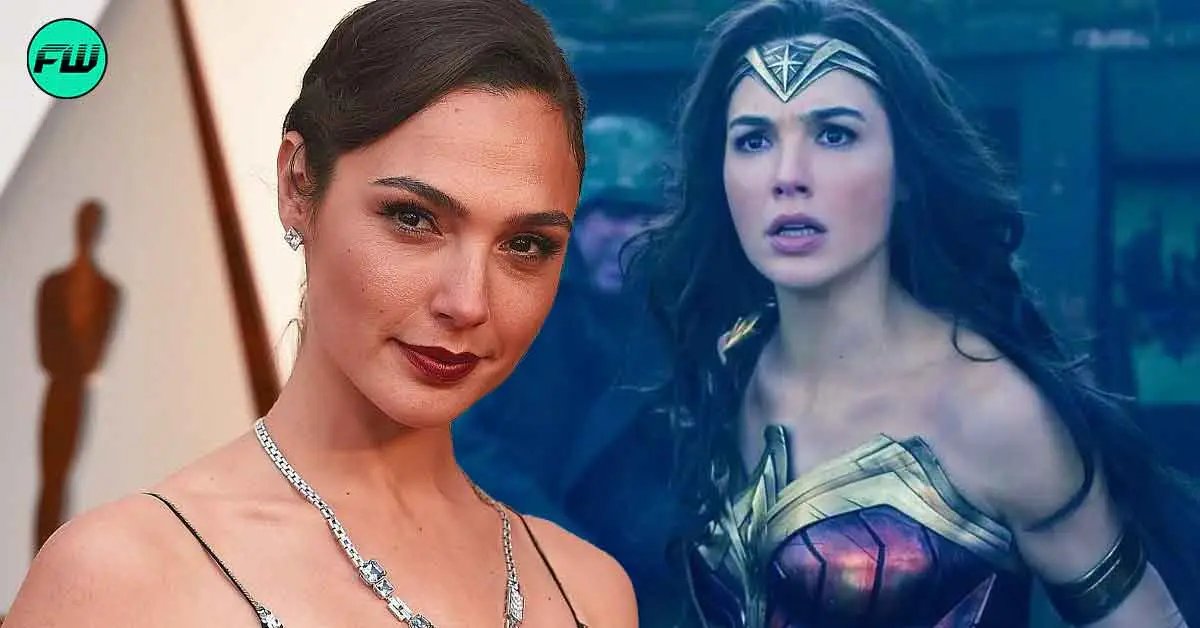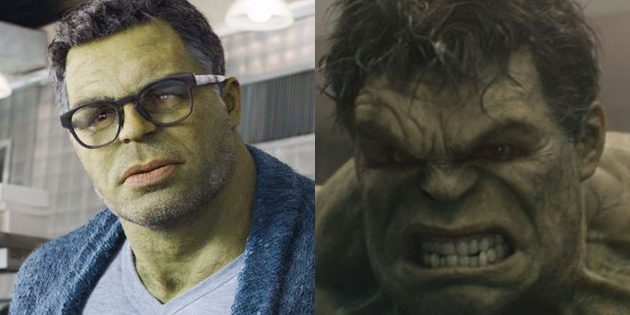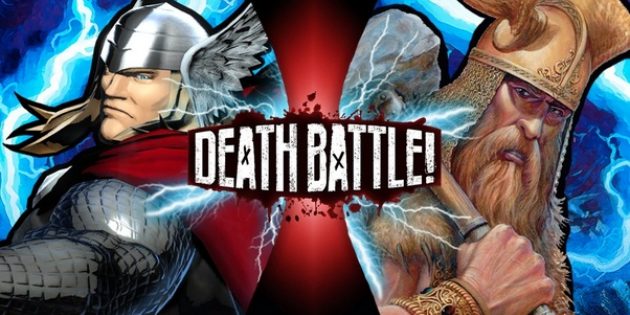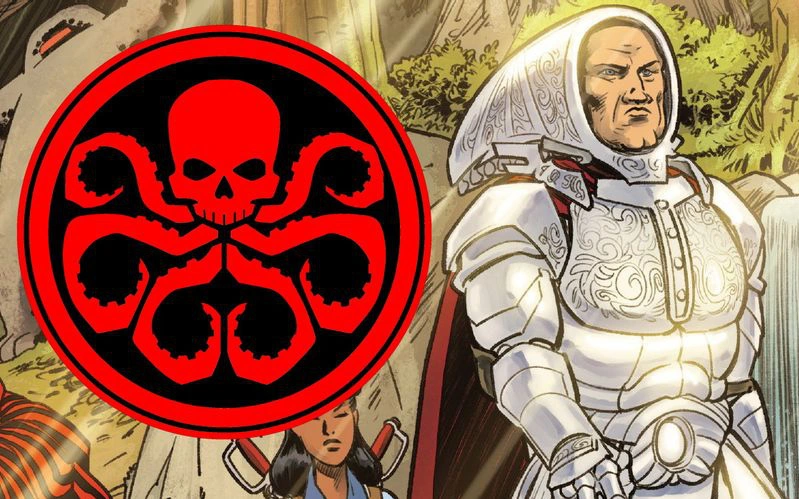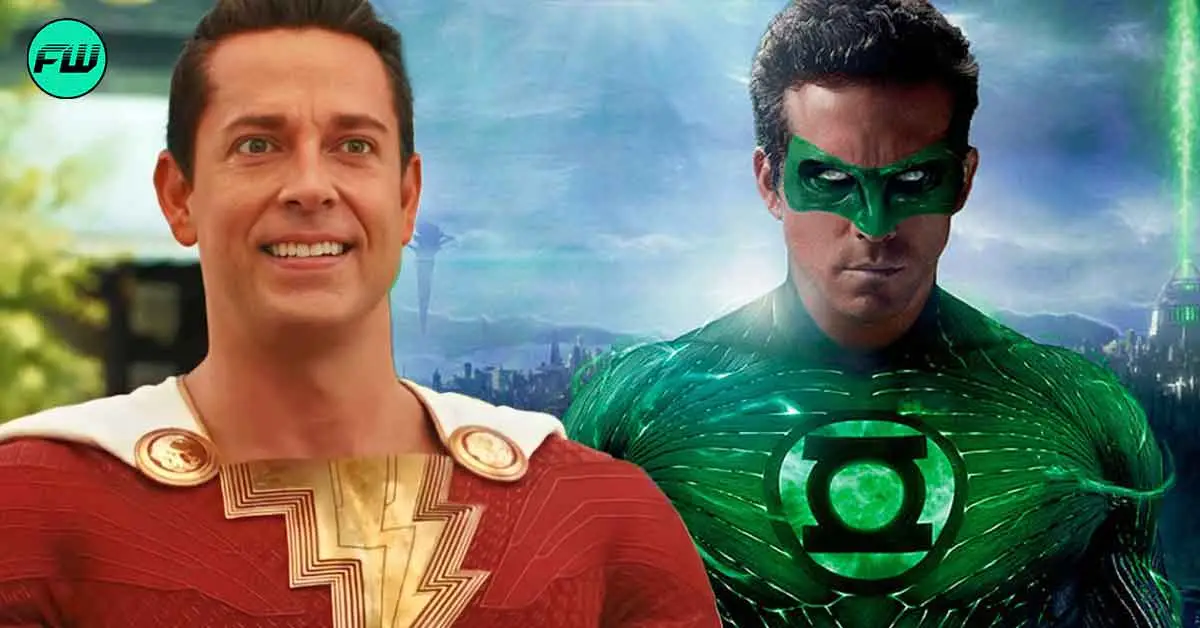Warning! This article contains spoilers for Guardians of the Galaxy Vol. 3.
Guardians of the Galaxy Vol. 3 has long been billed as the ending of the team’s journey, so here is everything explained about the culmination of the MCU’s beloved found family’s story. Since James Gunn began writing Guardians of the Galaxy 3, the writer-director has been insistent on the finality of the film. Starting in 2014, the journey of the Guardians of the Galaxy has been one of the more important to the MCU besides the Avengers, meaning the ending of Guardians of the Galaxy Vol. 3 was always expected to hit hard emotionally.
However, as has always been the case with the MCU, final films in individual franchises have always managed to strike a balance between culminating the story and simultaneously setting up future installments. Guardians of the Galaxy Vol. 3 is no exception, with Gunn providing both an emotionally resonant, satisfying culmination of this iteration of the titular team and leaving some things open-ended for future MCU stories.
The High Evolutionary’s Defeat
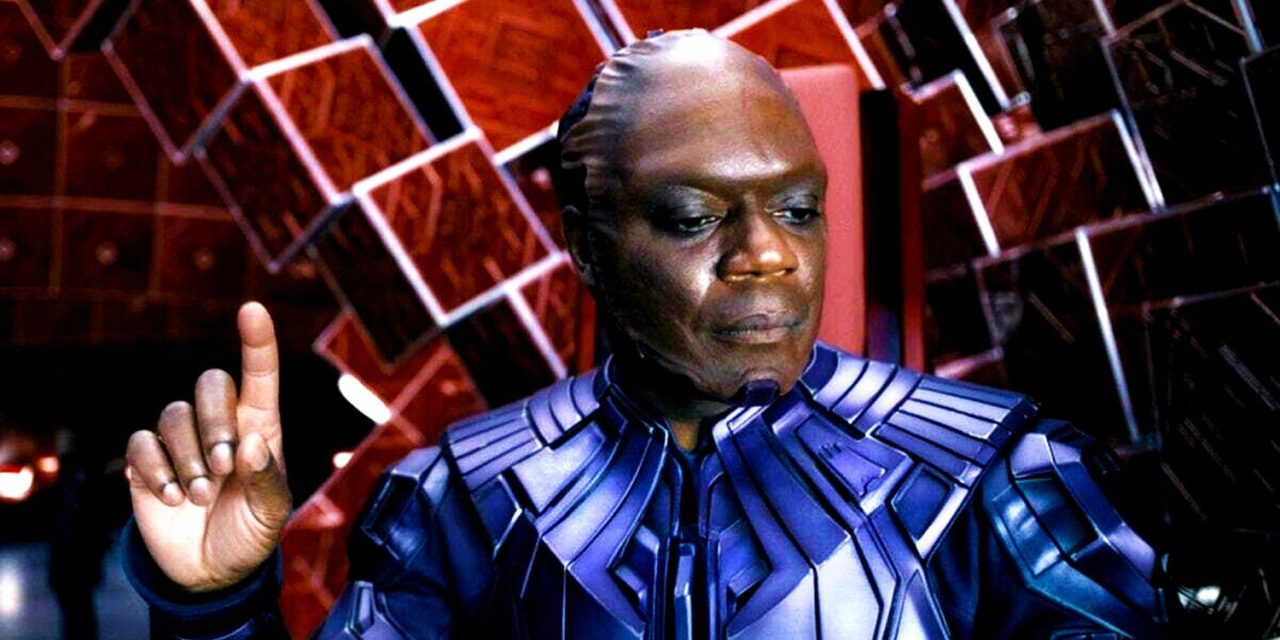
The main villain of Guardians of the Galaxy 3 is the High Evolutionary. Played by Chukwudi Imuji, the High Evolutionary’s goal is to reshape the universe in his image, removing imperfections from every species in the galaxy through cruel torture and experimentation. One of his former subjects was Rocket, naturally leading to a confrontation with the Guardians that ends in the High Evolutionary’s defeat.
How The High Evolutionary Is Defeated
At the end of Guardians of the Galaxy Vol. 3, the Guardians manage to defeat the High Evolutionary. After confronting his forces aboard his spacecraft, the High Evolutionary disappears from the film’s final act. He reappears at the climax, cornering Rocket in the holding pens where the High Evolutionary imprisoned the raccoon earlier in his life. This results in a battle between the Guardians and their foe, with all the members contributing to taking down the villain. Rocket, citing his status as a Guardian, refuses to kill the High Evolutionary, leading to his demise when the ship explodes with the antagonist still on board.
The High Evolutionary’s Creations Live On In Knowhere
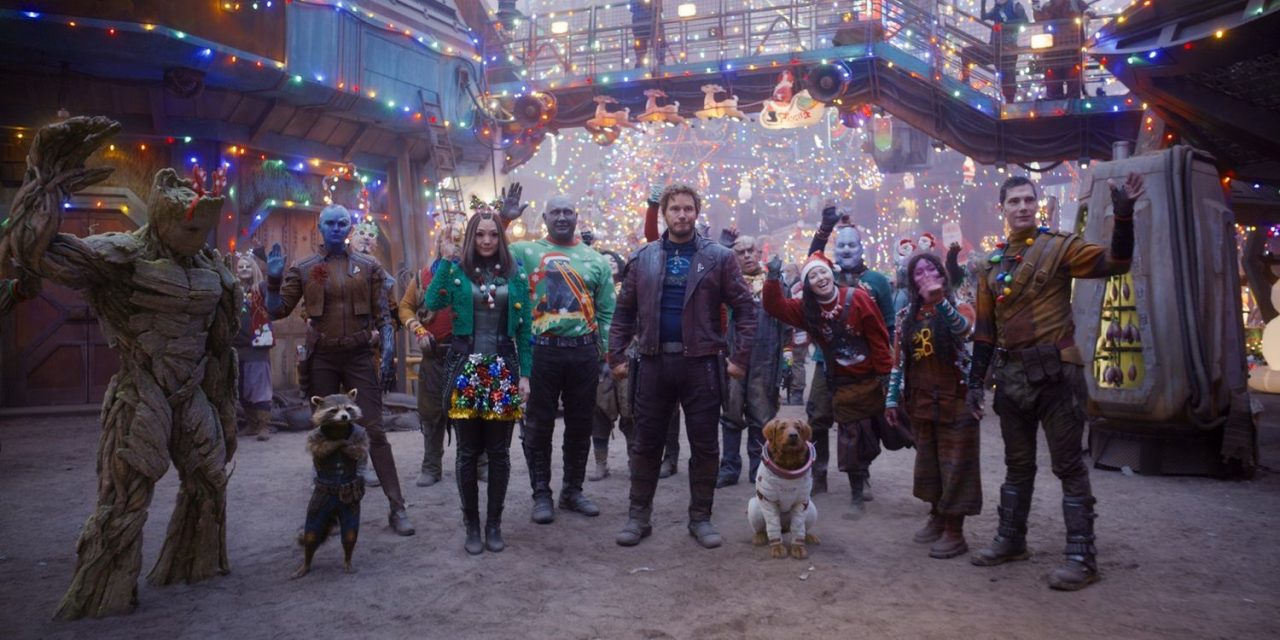
One of the main aspects of Guardians of the Galaxy Vol. 3‘s final act centered on the team saving the High Evolutionary’s test subjects. From the children he imprisons and tortures in order to build his superior race to the various species of animals that would become his creations, the Guardians save a lot of lives in the film’s climax. The savior of these innocent lives was possible through Knowhere, the Guardians’ home base that is rigged as a giant spaceship. Kraglin flies Knowhere to the Guardians’ location, allowing the High Evolutionary’s test subjects to live on Knowhere with Nebula and Drax to raise and protect them.
Will The High Evolutionary Return?
Despite being left on his own ship as it explodes, the fate of the High Evolutionary is left somewhat ambiguous. His body is never seen, nor is a death scene explicitly shown in Guardians of the Galaxy 3, begging the question of if the High Evolutionary could return in the MCU’s future. While he could have rigged one of his creations to continue his work or experimented with immortality through technological advancements, it is unlikely. It would be a disservice to the Guardians’ final outing, and Rocket’s incredibly satisfying arc in the film, for the High Evolutionary to return, though anything is possible in the world of the comics-versed MCU.
What Happens To The Guardians of the Galaxy 3 Members
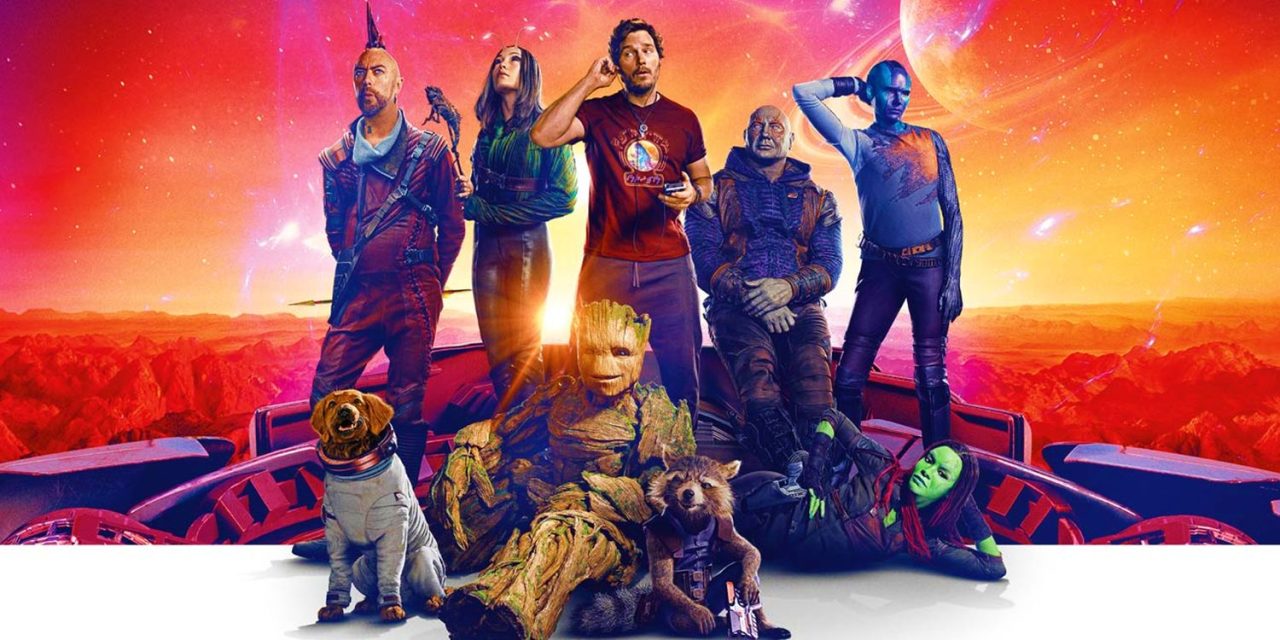
Undoubtedly the biggest subject of discourse surrounding Guardians of the Galaxy Vol. 3 prior to its release was the fate of the titular team. From theories that Rocket, Quill, or Drax would die in the film to questions over the handling of the 2014 version of Gamora, many were speculating over the fate of each individual Guardians member. Thankfully, it is safe to say James Gunn managed to provide satisfying endings for each character with Guardians of the Galaxy Vol. 3.
Why Gamora Chose The Ravagers Over Star-Lord
Concerning Gamora, the film ends with her returning to the Ravagers she now calls her family rather than staying with the Guaridans or Quill. Despite many expecting a reconciliation between the two after 2014 Gamora returned in Avengers: Endgame, the film portrays the concept of Peter and Gamora’s relationship very maturely. Gamora insists she is a different person as she has not experienced what the old Gamora had, leading Peter to realize he cannot force her to fall in love with him again. Gamora, therefore, returns to the new family she has found in the Ravagers rather than the Guardians.
Why Drax & Nebula Stayed On Knowhere With The Children
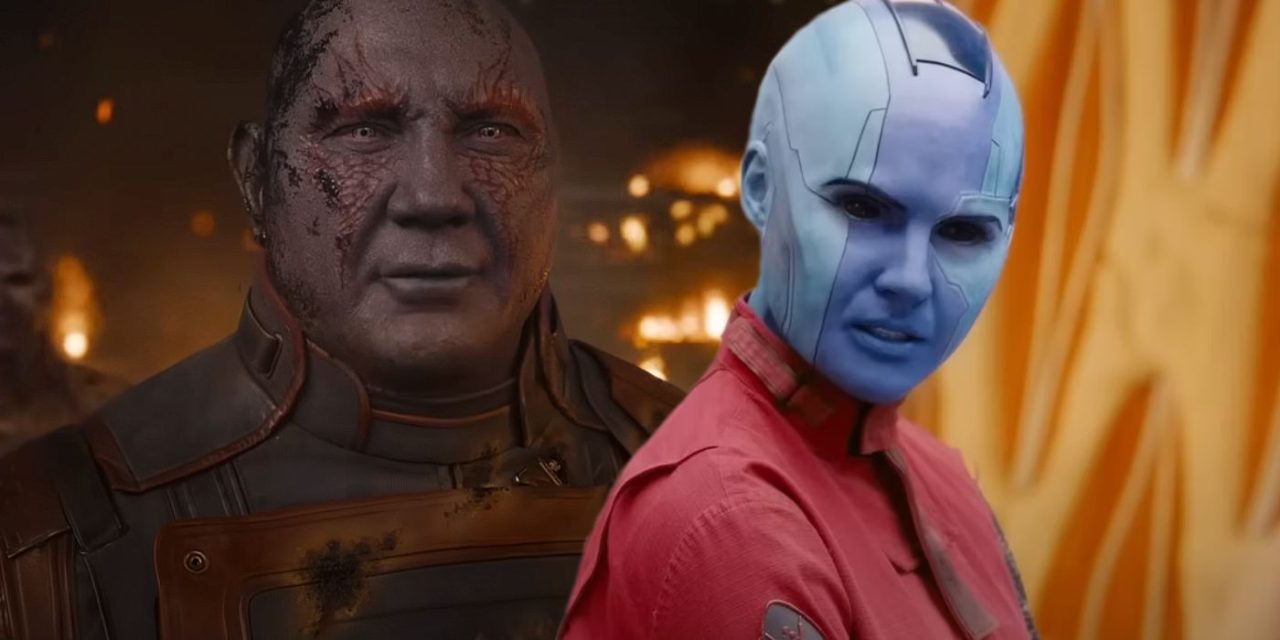
Two of the other characters who officially retire from the Guardians are Drax and Nebula. The duo decides to stay on Knowhere at the end of the film, rebuilding it as a society for the rescued subjects of the High Evolutionary. Nebula’s reasoning for this stems from Thanos’ abuse of her, with the character insisting on building a better upbringing for the children than the one she was subject to. Drax is similar, choosing to help raise the children after the loss of his daughter before Guardians of the Galaxy Vol. 1, as he was born to be a father rather than a destroyer.
Why Star-Lord Went Home
Another retired Guardian by the end of Guardians of the Galaxy Vol. 3 is the team’s leader, Star-Lord. Throughout the film, Peter is shown to struggle with the loss of Gamora, as well as the other loved ones who have died during his life such as his mother and Yondu. At one point in the story, Peter is reminded that he abandoned his grandfather on Earth, which explains his decision to return home at the end of the film. As a result, Quill reunites with his grandfather after over 30 years and lives with him on Earth for the foreseeable future.
The New Guardians of the Galaxy Is Formed, Led By Rocket
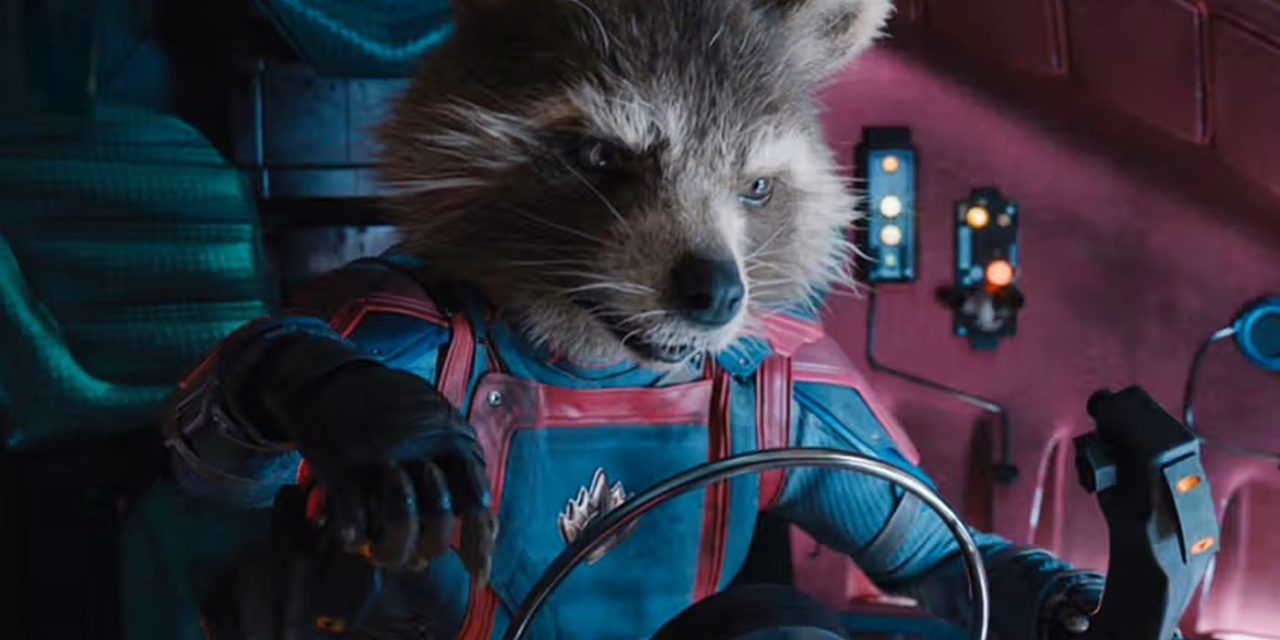
After Quill announces his retirement from the Guardians, he names Rocket the team’s new leader. The first post-credit scene of the film outlines the new Guardians of the Galaxy team. Beside Rocket is Groot, with the two naturally continuing their unbreakable bond established in the first film. Kraglin and Cosmo also join the team, after being instrumental in the High Evolutionary’s defeat during Guardians of the Galaxy Vol. 3.
The ending of Guardians of the Galaxy 3 also shows two other new Guardians members: Adam Warlock and Phyla-Vell. The former appeared in the film as an antagonist, before the death of his mother and the Guardians’ mercy made him have a change of heart. As a result, Warlock joins the new Guardians of the Galaxy under Rocket’s leadership. Phyla-Vell was one of the children rescued from the High Evolutionary and is based on the Marvel Comics character of the same name. Phyla-Vell has been a part of the Guardians in the comics, as well as being known as Quasar and Captain Marvel, potentially hinting at a big MCU future for the character.
Star-Lord Returns Home… But Will Be Back In The MCU’s Future
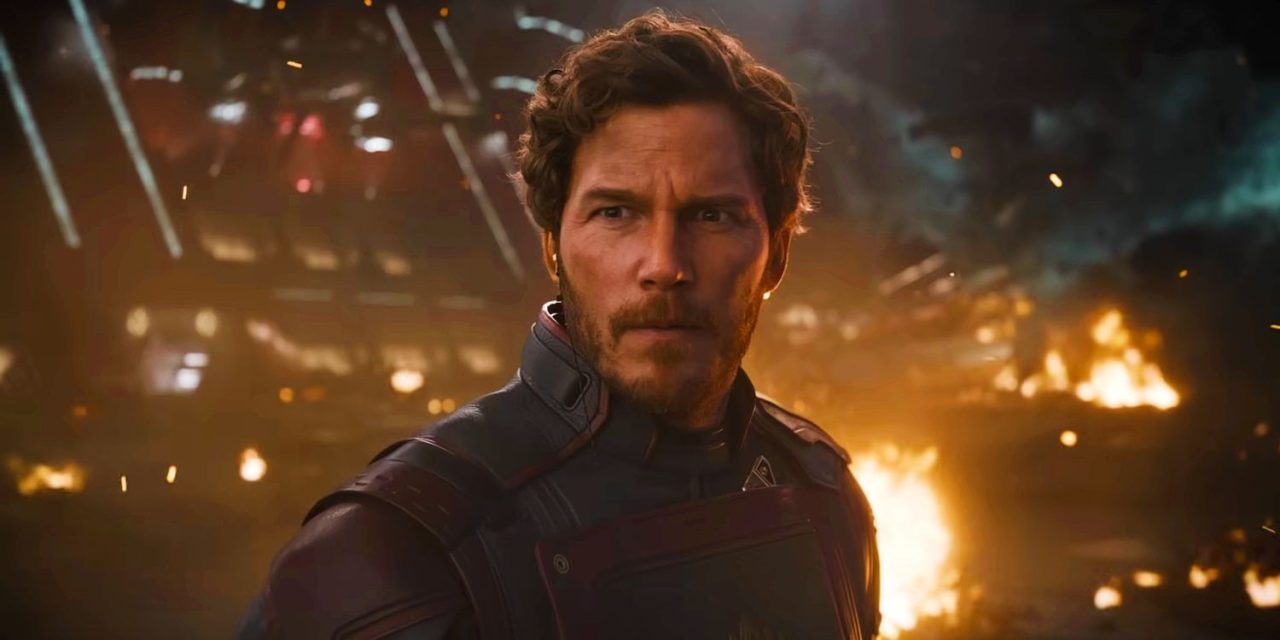
Despite returning home to Earth and seemingly retiring from superhero life, Quill’s future in the MCU is teased in the Guardians of the Galaxy 3 post-credits scene. In the scene, Quill is shown having a quiet breakfast with his grandfather before the screen fades to white. After this, Marvel Studios’ now-iconic stinger shows up stating “The Legendary Star-Lord will return.” This officially confirms that Chris Pratt will return to the MCU in Phase 5 and beyond, though exactly how his character will be used remains a mystery.
What Guardians of the Galaxy 3’s Ending Means For MCU Phase 5 & Secret Wars
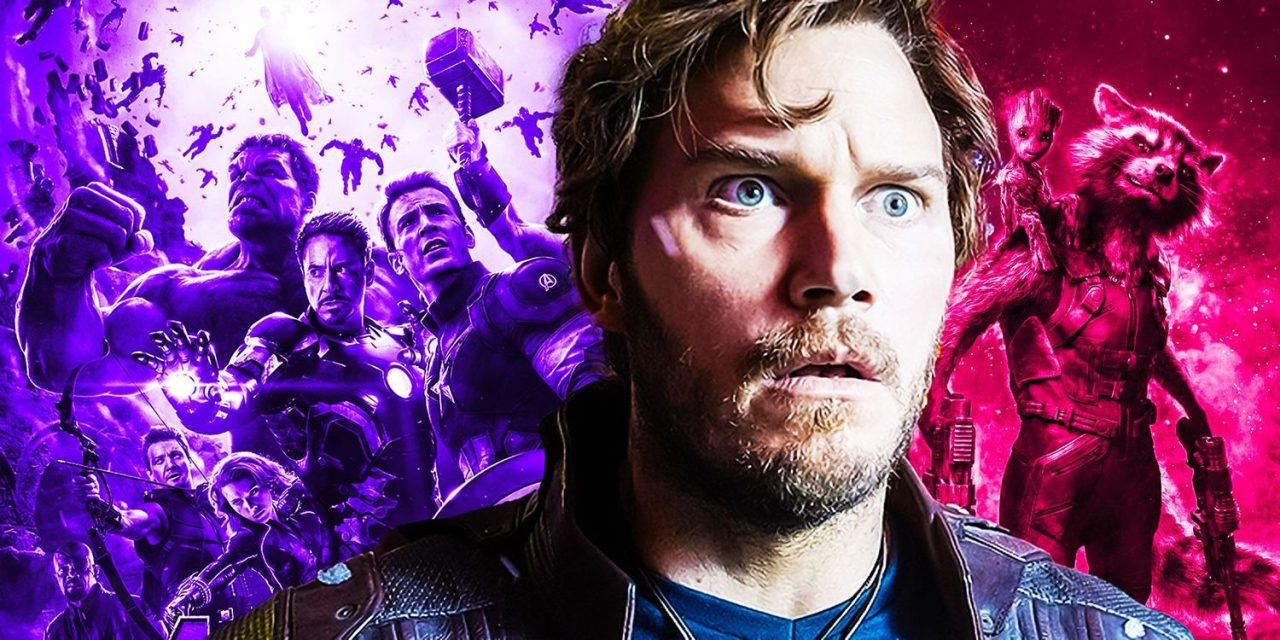
The tease of both Star-Lord’s return and the formation of a new Guardians team at the end of Guardians of the Galaxy Vol. 3 could have big implications for the MCU’s future. In terms of future stories, the ending of the film means that there is still a Guardians team at work in the MCU, meaning they are there to be called for help if needed. This could mean potentially big things for either Avengers: The Kang Dynasty or Avengers: Secret Wars. With both films set to be huge in scale like Infinity War and Endgame before them, it is likely the new Guardians could show up to help.
One of the upcoming projects of Phase 5 is The Marvels, a cosmic adventure centered on Captain Marvel, Ms. Marvel, and Monica Rambeau. With Phyla-Vell being a part of the new Guardians team, a character intrinsically tied to Captain Marvel in the comics, the new cosmic Guardians could make an appearance in that film. Also, Mantis ends Guardians of the Galaxy 3 by leaving to explore the galaxy, which could potentially mean a future appearance for her in another project in Phase 5 or 6.
Similarly, the tease of Star-Lord’s future could lead to him becoming a member of the Avengers. The Avengers are based on Earth, where Star-Lord is now seemingly living full-time. With Marvel Studios teasing his continued MCU adventures, it would not be out of the realm of possibility to become an Earth-based hero alongside the other Avengers. Regardless, it is clear that both of these implications will have a payoff in Phase 6 and beyond, from potential Avengers appearances for Star-Lord and the new Guardians or a Guardians of the Galaxy 4 film centered on the new roster.
What Guardians of the Galaxy 3’s Ending Really Means
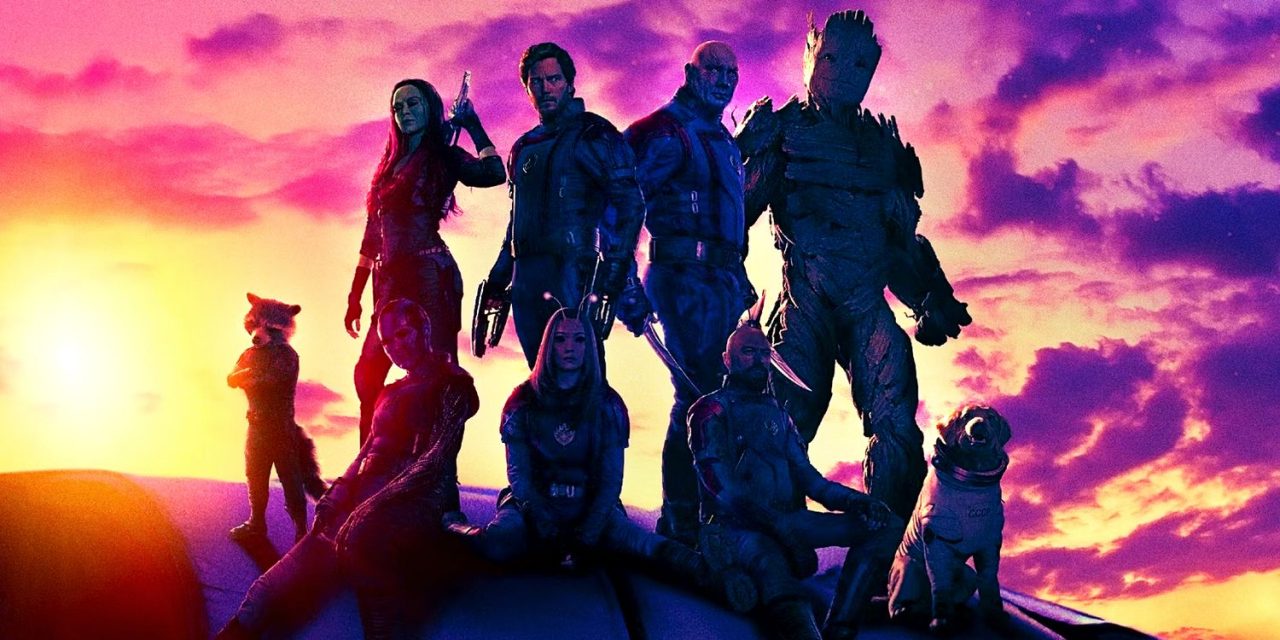
In terms of what the ending to Guardians of the Galaxy 3 really means, the film brings a perfect sense of closure. In spite of the threads left open for future appearances, this iteration of the Guardians is truly over. The film perfectly encapsulates each character arc, from Drax and Nebula’s raising of the children to Gamora’s search for a family and Star-Lord’s reconciliation with his relatives, the film’s ending truly means the end for the Guardians that have been around since 2014. This is typified perfectly by Rocket’s arc, which emotionally grounds the entire film and makes Guardians of the Galaxy Vol. 3 one of the MCU’s best efforts since Avengers: Endgame.



